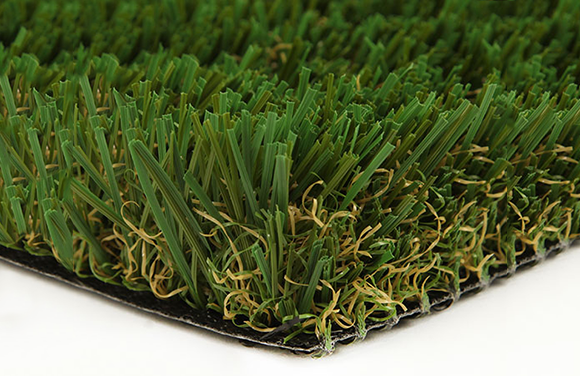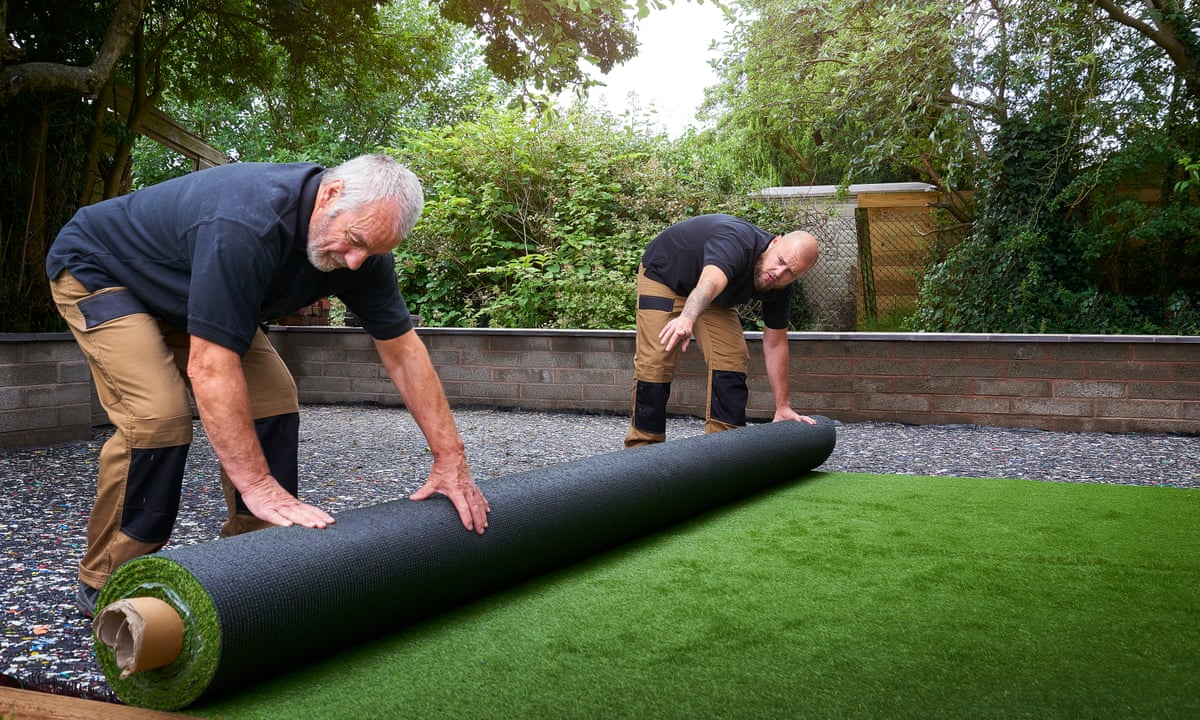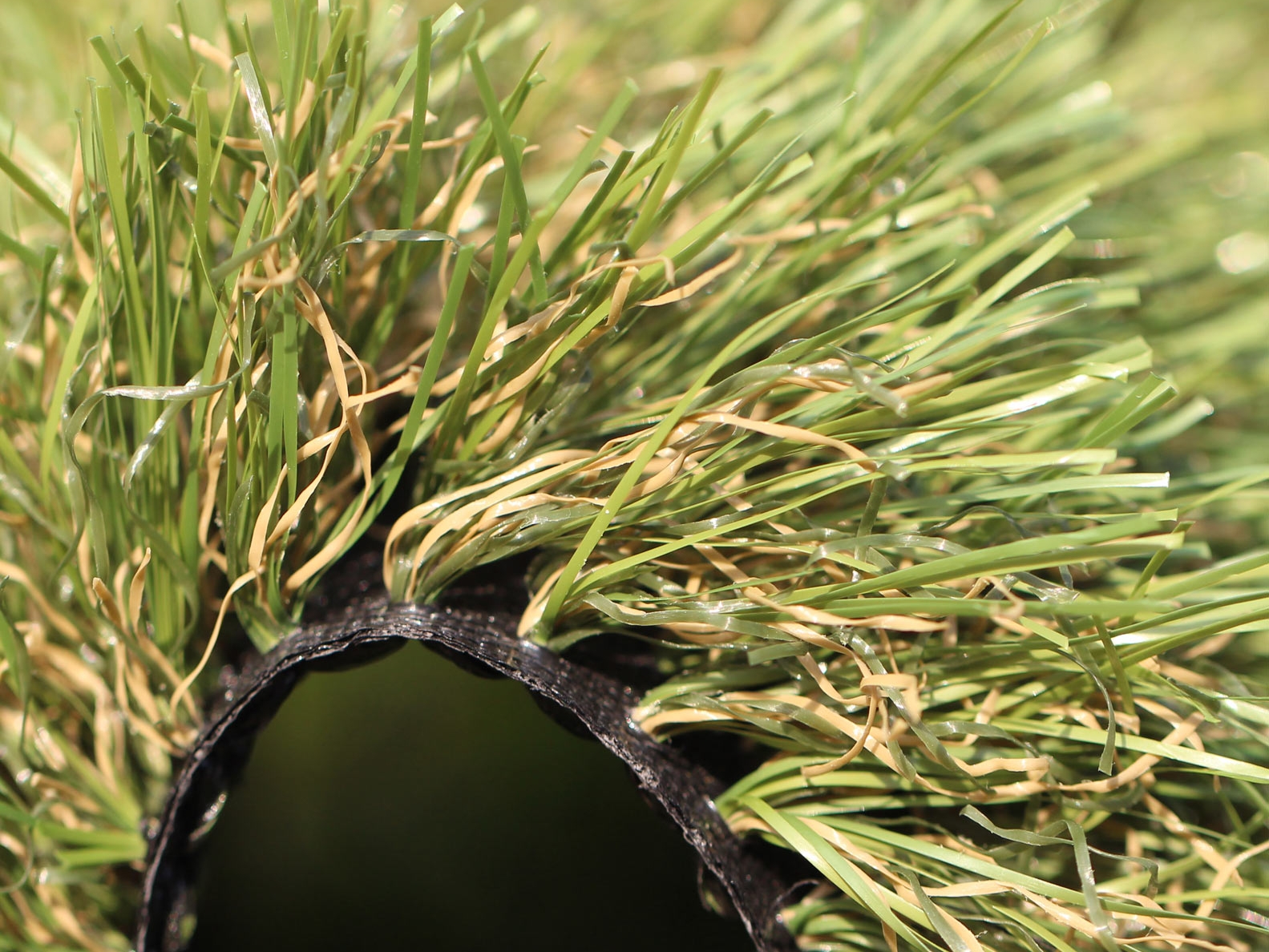Well-Known Artificial Turf Companies Phoenix for a Lush and Green Lawn
Wiki Article
Look Into the Environmental Perks of Opting for Synthetic Grass Solutions
The fostering of artificial lawn services provides a compelling possibility to deal with pushing environmental obstacles. By substantially lowering water usage and minimizing the application of hazardous chemicals, these alternatives not only promote lasting landscape design however also safeguard regional ecosystems. Furthermore, the lower carbon footprint related to reduced maintenance activities adds to an extra lasting method to land administration. The implications of these benefits extend past mere conservation efforts, elevating inquiries regarding their long-term impact on environment preservation and overall ecological equilibrium. Checking out these dimensions exposes a complicated interaction worth taking into consideration.Water Conservation Benefits
One of the most significant advantages of synthetic grass is its ability to conserve water. In comparison, man-made turf does not require watering, dramatically decreasing the total need for water sources.By eliminating the need for regular watering, artificial grass adds to lasting landscape methods and assists reduce the environmental effect of too much water usage. Additionally, the preservation of water prolongs to the decrease of drainage, which can cause soil disintegration and river contamination.
Furthermore, the setup of synthetic grass enables districts and home owners to assign water sources much more efficiently, concentrating on necessary usages such as drinking water and farming. The shift towards synthetic grass not only promotes responsible water usage but also aligns with more comprehensive ecological goals focused on protecting all-natural sources.
As areas significantly prioritize sustainability, the water preservation advantages of man-made grass provide a compelling situation for its adoption in property and industrial landscape design jobs.
Decreased Chemical Usage
The change to man-made grass substantially lowers the dependence on chemical therapies commonly made use of in all-natural yard maintenance. Traditional turf administration typically includes the application of herbicides, pesticides, and fertilizers to promote development and control parasites. These chemicals can present threats to human health, regional wildlife, and the environment, adding to dirt and water contamination.In contrast, fabricated grass eliminates the demand for these unsafe materials. By lessening the launch of artificial compounds into the environment, fabricated turf promotes healthier dirt and water systems.
Additionally, the absence of chemical runoff related to synthetic grass installments helps shield local rivers from pollution, sustaining water life and maintaining biodiversity. Phoenix turf companies. As neighborhoods increasingly prioritize lasting practices, going with synthetic grass presents a viable service that aligns with environmental conservation objectives. With this shift, home proprietors can delight in lavish eco-friendly spaces without endangering eco-friendly health and wellness, paving the way for a more sustainable future
Reduced Carbon Impact

Additionally, the installation of synthetic turf can cause considerable water conservation. All-natural lawns call for substantial amounts of water for watering, which not just contributes to the carbon footprint connected with water removal and therapy but likewise stress local water resources. On the other hand, fabricated turf requires minimal maintenance, requiring no watering, consequently considerably reducing water usage and its associated energy expenses.
Additionally, the longevity of artificial lawn adds to its decreased carbon influence. With a life expectancy of approximately 15 years or more, the need for regular replacements is diminished, leading to much less waste and lower power intake in manufacturing and taking care of traditional yard alternatives. Generally, synthetic grass provides a sustainable option for ecologically conscious landscape design.
Environment Conservation
Habitat conservation is a critical factor to consider in the argument over landscaping choices, particularly when comparing artificial turf to all-natural turf. All-natural lawn yards often need considerable upkeep, including the use of herbicides, pesticides, and fertilizers, which can adversely affect neighborhood communities. These chemicals can leach into the soil and waterways, hurting native plants and animals and interrupting local environments.
Fabricated grass removes the need for damaging chemicals, consequently securing close-by wildlife and maintaining the honesty of surrounding ecological communities. The installation of fabricated lawn can lead to the conversion of previous yard locations into even more this article biodiverse landscapes, such as pollinator gardens or native plant locations, which can sustain local wild animals.
Eventually, the transition to man-made lawn not only conserves water and minimizes upkeep efforts yet likewise promotes a much more harmonious relationship in between human activities and the natural surroundings, advertising environment preservation while doing so.
Long-Term Sustainability
Lasting sustainability is a critical element in examining the advantages of synthetic turf over conventional turf lawns. One of one of the most substantial advantages of synthetic grass is its longevity; it can last approximately 15-20 years with marginal upkeep, whereas natural yard needs constant reseeding and substitute. This long life reduces the demand for constant resources, such as water, plant foods, and pesticides, which are crucial for maintaining a healthy yard yard.In addition, artificial lawn contributes to a decrease in carbon discharges connected with grass treatment tools. Standard lawns commonly require gas-powered lawn mowers, leaners, and blowers, every one of which add to air contamination. Artificial turf companies phoenix. In contrast, synthetic grass removes the requirement for such tools, promoting a cleaner environment
Furthermore, the production of man-made lawn significantly utilizes recycled materials, enhancing its sustainability account. As suppliers adopt environment-friendly practices, the environmental footprint of synthetic grass remains to decrease.

Conclusion
The adoption of artificial grass solutions provides substantial ecological benefits, including considerable water preservation, minimized reliance on damaging chemicals, and a lower carbon impact. In addition, man-made grass aids in maintaining natural habitats by minimizing land disruption and advertising lasting sustainability via making use of durable products. Collectively, these elements highlight the potential of man-made turf to contribute favorably to environmental health and supply a viable alternative to conventional landscape design methods in a progressively resource-conscious world.In contrast, synthetic grass does not need watering, substantially decreasing the overall demand for water sources. By reducing the launch of artificial substances right into the environment, artificial turf promotes healthier soil and water systems.
Additionally, the setup of man-made grass can result in considerable water conservation. In comparison, synthetic turf requires very little upkeep, needing no watering, therefore considerably minimizing water usage and its associated energy expenses.
have a peek at this website

Report this wiki page